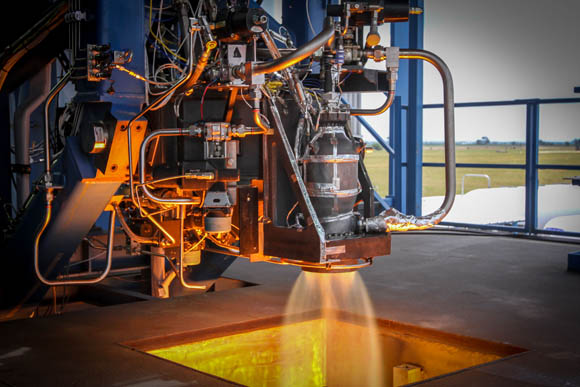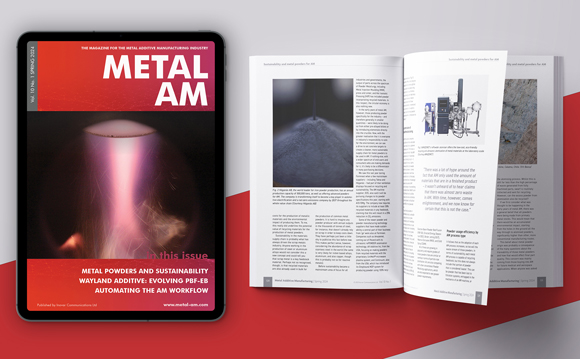SpaceX schedules first flights with additively manufactured rocket engine parts
March 13, 2017

SuperDraco thrusters in testing, 2014 (courtesy SpaceX)
SpaceX has announced plans to fly two private citizens on a trip around the moon on its Crew Dragon (Dragon Version 2) spacecraft late in 2018, following an automatic non-crewed flight to the International Space Station in late 2017. This follows the completion of development testing of SpaceX’s SuperDraco rocket engines in 2015.
Elon Musk’s space-tourism venture designed the engines using metal Additive Manufacturing technology in order to cut down on cost and waste and increase the overall flexibility of the production process. Each engine’s combustion chamber is fabricated from Iconel super alloy on an EOS metal AM machine.
Playing a key role in the Dragon spacecraft’s Launch Abort System (LAS), the SuperDraco’s engine design is vital to the mission’s success. In the event of a launch failure, the LAS is designed to safely abort astronauts from the capsule. The engine, containing metal AM parts, can be throttled from 20 – 100% of thrust and restarted multiple times, ensuring the safe landing or splashdown of capsule crew. In recent tests, the SuperDraco’s thrusters were successfully fired 27 times through various thrust cycles.
SpaceX is currently under agreement with NASA to develop refinements to the Dragon spacecraft to ensure maximum safety for crew members. The complex design and successful testing of the SuperDraco thrusters helps to ensure that these stringent criteria will be met.
















